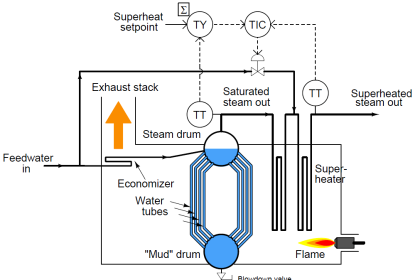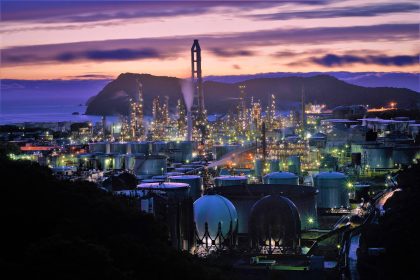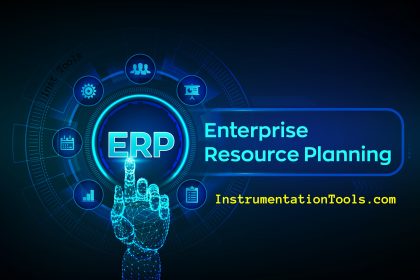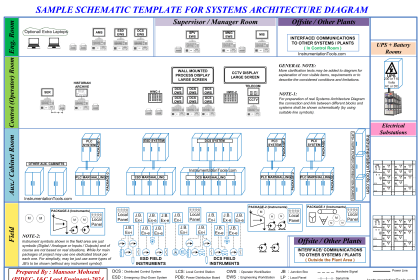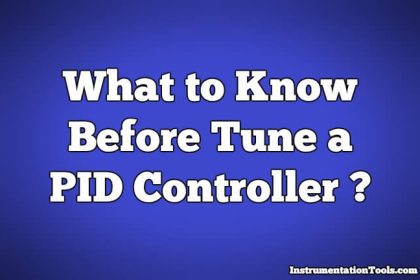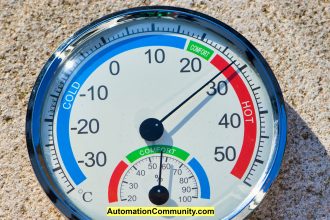In this article, we will learn about why we prepare Functional Design Specifications for DCS and SIS Projects. What are the basic purposes and requirements considered in Functional Design Specifications?
Functional Design Specifications
Functional Design Specifications (FDS) are vital in DCS (Distributed Control System) and SIS (Safety Instrumented System) projects as they provide a detailed description of the system’s functional requirements.
The FDS is an essential document that guides the development process and ensures that the system built meets the operational needs of the project.
Purpose of Functional Design Specifications

The main purposes of the Functional Design Specifications (FDS) include:
Clarification of Requirements
The FDS provides a detailed explanation of how the system should behave, which is essential for project stakeholders to understand the intended operation of the system. It helps reduce misinterpretations and ambiguities about system requirements.
Guiding Development and Implementation
The FDS serves as a guide for the system developers to ensure that the system built aligns with the documented specifications.
The Basis for Testing and Validation
The FDS provides the foundation for creating test cases to validate the functionalities of the system during the testing phase.
Acting as a Reference for Future Upgrades and Maintenance
The FDS document can also be used as a reference in the future for system upgrades, maintenance, or troubleshooting.
Factors to be Considered in Functional Design Specification Document
The following requirements are typically considered in a Functional Design Specification:
System Overview
A general description of the control system, its purpose, and its expected behavior.
Functional Requirements
Detailed specifications of what functions the system should perform, under what conditions, and how the system should react to specific inputs. This could include control loops, alarm management, sequence of operations, interlocks, etc.
Operational Requirements
Descriptions of how the system should operate under normal and abnormal conditions. This includes procedures for startup, shutdown, and emergencies.
Interface Requirements
Specifications about how the system interacts with other systems and how data should be exchanged. This could include details about communication protocols, data formats, etc.
Safety Requirements
Particularly in SIS projects, safety is a critical aspect. Therefore, the FDS should define the safety functions and performance levels needed, along with specifying any safety-related features like fail-safe operations, redundancies, etc.
Performance Requirements
Definitions of the system’s required performance levels. This could involve specifications about system response times, throughput, availability, reliability, etc.
Data Requirements
Descriptions of the data to be used by the system, including input data, output data, and how this data should be managed.
User Interface Requirements
Details about how the system should interact with the user, which includes design considerations, interaction modes, and display formats.
Note: The level of detail in the FDS can vary from project to project. It should be sufficient enough to ensure that everyone involved understands how the system should function and should form the basis of the agreement between all stakeholders.
If you liked this article, then please subscribe to our YouTube Channel for PLC and SCADA video tutorials.
You can also follow us on Facebook and Twitter to receive daily updates.
Read Next:
- DCS Architecture
- UPS Selection Factors
- What is Nest Loading?
- Instrumentation Earthing
- Transmitter Calibration Frequency
